Curiosities from UCL’s Cabinet
By Jack Ashby, on 3 May 2017
Guest post by Rebecca Reynolds
‘Curiosities’ seem to be popping up a lot on TV, radio and the web recently – such as in Radio 4’s Museum of Curiosity, where guests donate objects to a vast imaginary museum, and Professor Hutton’s Curiosities, the Discovery Channel’s 2013 series exploring quirky museums from around the UK (including the Grant Museum).
As many will know, these titles take their cue from cabinets of curiosities, collections kept by physicians, naturalists, explorers and wealthy amateurs throughout Europe in the 16th and 17th centuries. Surviving objects from these cabinets are still on show – one is the Chaucer stone, a piece of flint broken open to show the shape of the poet’s face, in the British Museum’s Enlightenment Gallery; another is Powhatan’s mantle in the Ashmolean Museum in Oxford; yet another is ‘the Vegetable Lamb of Tartary’ in the Natural History Museum, a dried fern which people loved to believe was half animal, half plant.
Three objects from UCL Museums ended up in my own cabinet of curiosities, a book published in February this year. (more…)
 Close
Close


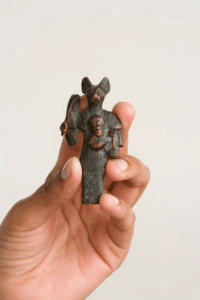

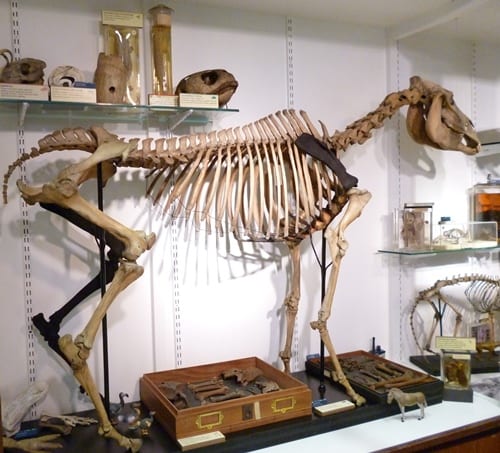
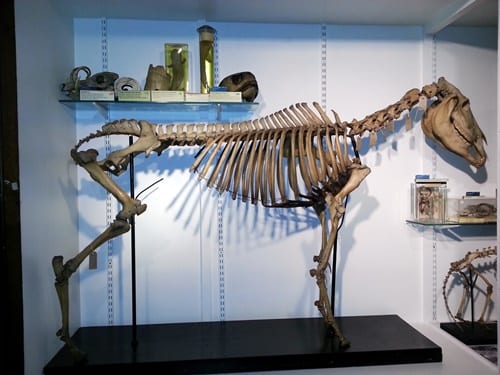

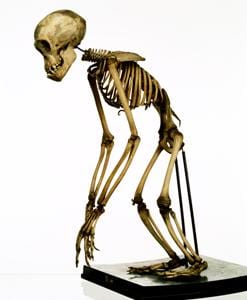
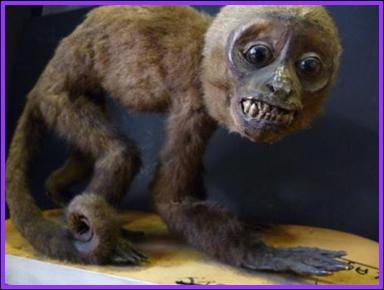
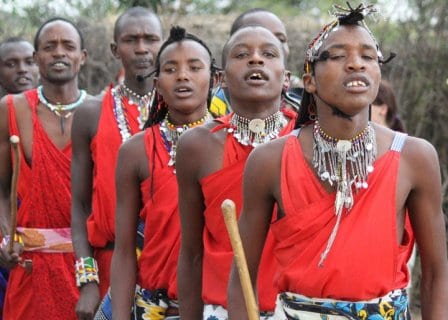
 Last Wednesday the staff of the Grant Museum went on an expedition to the
Last Wednesday the staff of the Grant Museum went on an expedition to the 